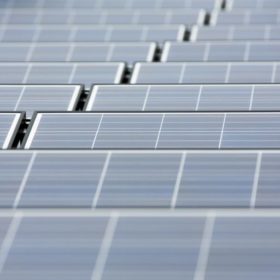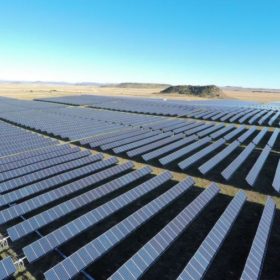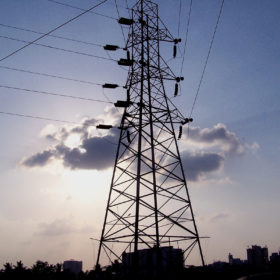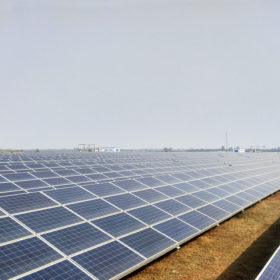PV industry demand in India will help shore up silver price this year
According to the Silver Institute, demand for the precious metal in the solar industry will remain stable up to 2022, despite recent changes in China’s PV policy.
Government prioritizes Indian products in plan for 12 GW of new solar
The Cabinet Committee on Economic Affairs has approved a plan for projects to be enabled by public bodies in the hope that avoiding competitive procurement will enable it to circumvent WTO rules related to import parity.
Gujarat to buy solar power from salt farmers
Gujarat Electricity Regulatory Commission (GERC) has allowed Gujarat Urja Vikas Nigam Ltd (GUVNL) to procure 2.7 MW solar power generated by salt pan workers of Self-Employed Women Association (SEWA) during off-season.
NTPC eyes 1 GW solar projects in Africa
The state-owned power generator will follow the bidding route for development of solar projects in African countries that are members of the International Solar Alliance.
State-owned utilities tender 45 MW of floating solar projects
Following power company NTPC’s 20 MW tender for Rajasthan and 15 MW procurement for Himachal Pradesh, Haryana Power Generation Corporation Limited has invited bids to develop 10 MW of floating PV in Hisar. The deadline for bid submission is on March 1.
IESA calls for swift launch of National Energy Storage Mission
“We urge the government to take swift action in launching the National Energy Storage Mission in order to support the development of an R&D and manufacturing ecosystem for energy storage and electric vehicles,” said Rahul Walawalkar, president of the India Energy Storage Alliance.
14 MW solar+42 MW storage project for Jammu & Kashmir approved with VGF support
The president of India has sanctioned setting up of 14 MW grid-connected solar PV projects with aggregate battery storage capacity of 42 MWh for Jammu & Kashmir under Prime Minister Development Package (PMDP)-2015 . The projects would be set up during 2019-20 and 2020-21, and include 7 MW solar projects with battery storage of 21 MWh each in Leh and Kargil at different locations. These would be implemented in developer mode, at a fixed tariff of Rs 2 per unit, with viability gap funding support.
New approach to measure solar potential of urban areas could be used in all climates
Dutch researchers have come up with a system they claim has a maximum estimation error of less than 10% and which reduces the computational requirements for calculating the output of PV systems in complex environments. The approach is based on the correlation between a skyline’s profile and annual irradiation.
Tamil Nadu floats new solar policy to generate 9 GW by 2022
Tamil Nadu government has unveiled a new solar energy policy 2019 that aims at generating 9 GW for the state by 2022. The policy would be applicable to projects, programmes and installations relating to both solar PV and thermal energy, including utility as well as consumer categories.
Budget 2019: Just 1 per cent hike in solar sector
The interim budget has provided Rs 3,004.90 crore for solar projects development (including both grid-interactive and off-grid and decentralized) in financial year 2019-20, which is just 1 per cent increase over the estimated expenditure of Rs 2,969 crore this fiscal, according to reports.















